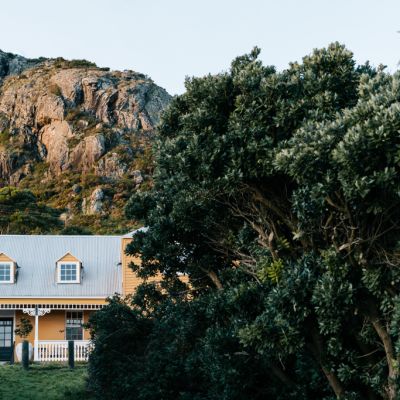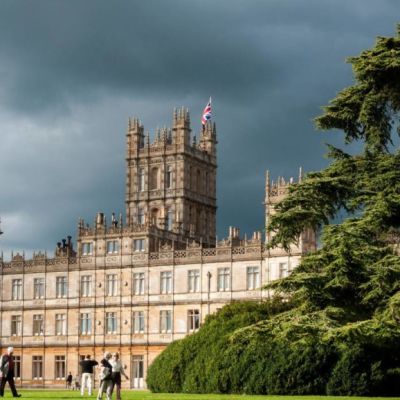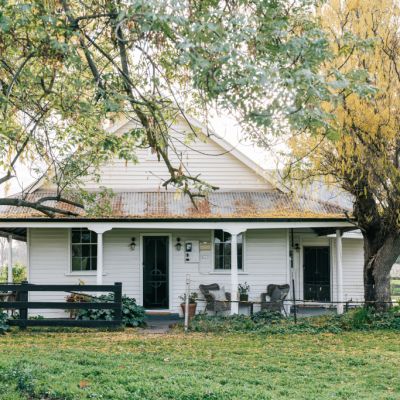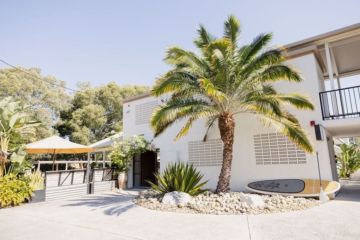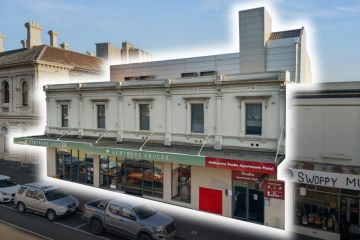What lies beneath: Home owners reveal the hidden treasures found in historic homes
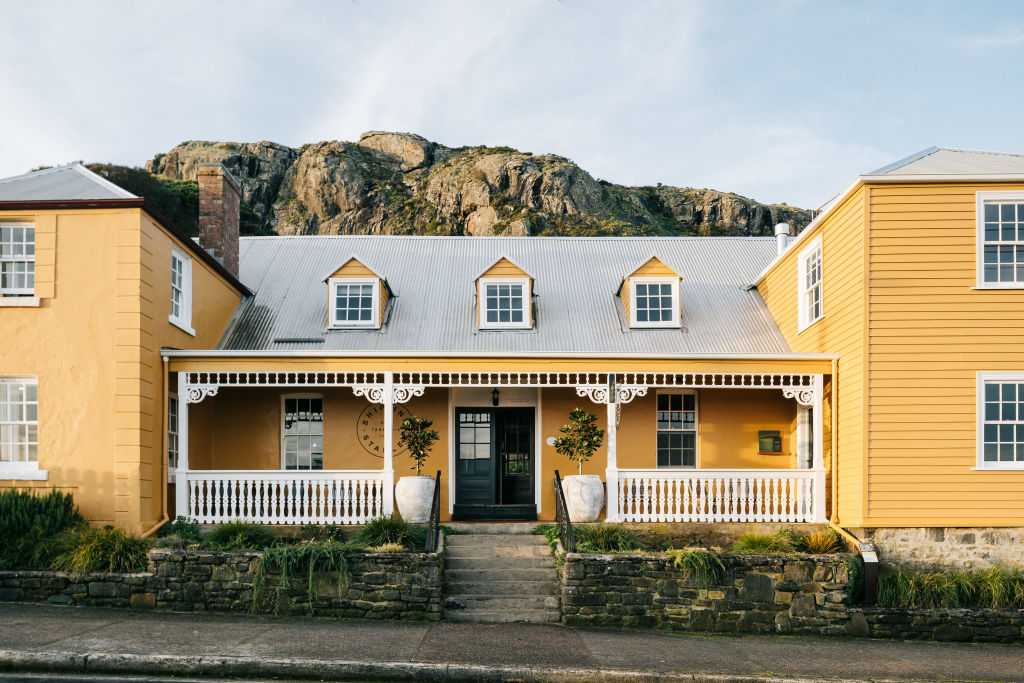
There’s something rather magical about buying a historic home – it’s your chance to own a piece of history, with the opportunity to create a thread between past and future.
And for those who take this leap, it’s only once they start digging, excavating, or tearing down walls, that they bring to light some fascinating finds.
Upon these discoveries, the mind starts to wonder – were these items hidden with the intention of never being found, or were they placed purposefully, with the hope that future inhabitants would stumble upon them? One can never know for sure …
Bits and bobs from a boatbuilder’s home
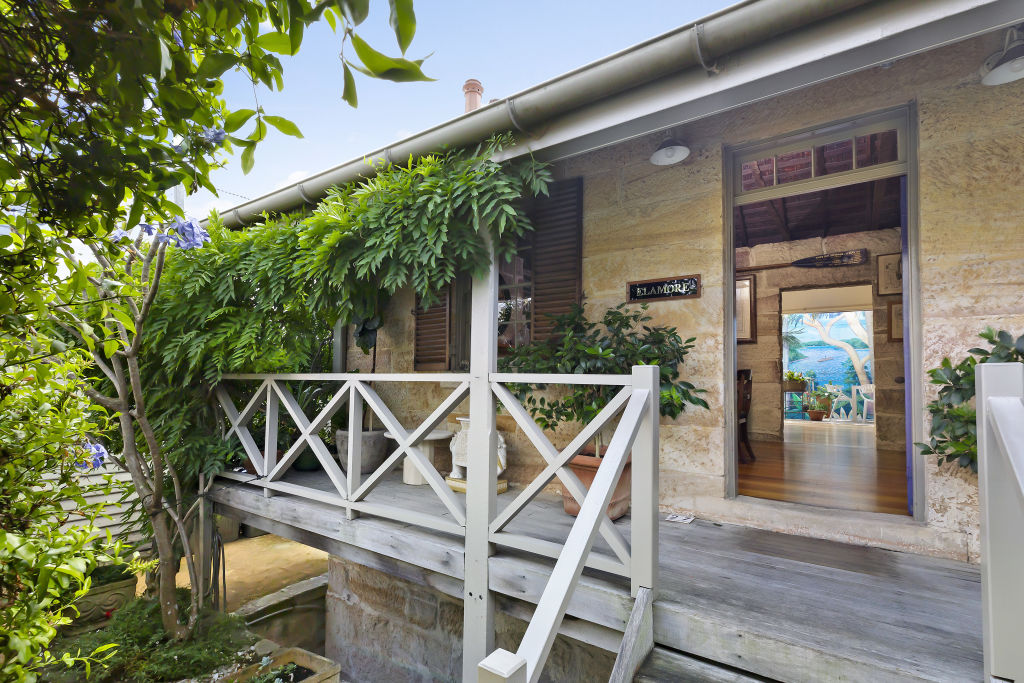
If the historic sandstone walls of this beautiful Balmain cottage could talk, they would have many stories to tell.
“It was built by a boatbuilder in the 1840s, with his land extending down to the water at Mort Bay where he built his boats,” says the current owner. “When the home was renovated and extended in 1997, all kinds of artefacts from the 1800s were found, including handmade nails, pins, and so forth.”

Other intriguing items include a gold cufflink, a porcelain doll’s arm, pottery marbles, buttons, pencils, and a collection of old coins, including a penny dating back to 1886.
A witch’s boot in the wall
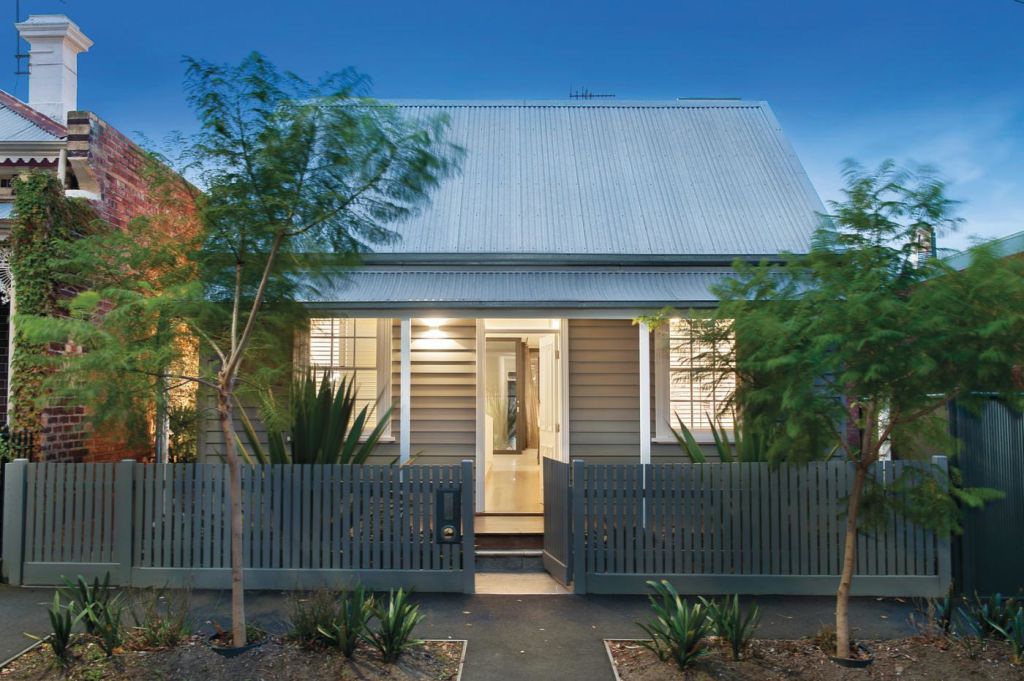
Behind the picturesque picket fence of this South Melbourne home, there’s an amazing story waiting to be told.
“This home’s journey from an 1860s colonial cottage to a light-filled Scandinavian-style home has uncovered many heritage relics,” says a previous owner. “Most notably, a witch’s boot, intentionally built into the wall, in the belief it warded off evil spirits.”
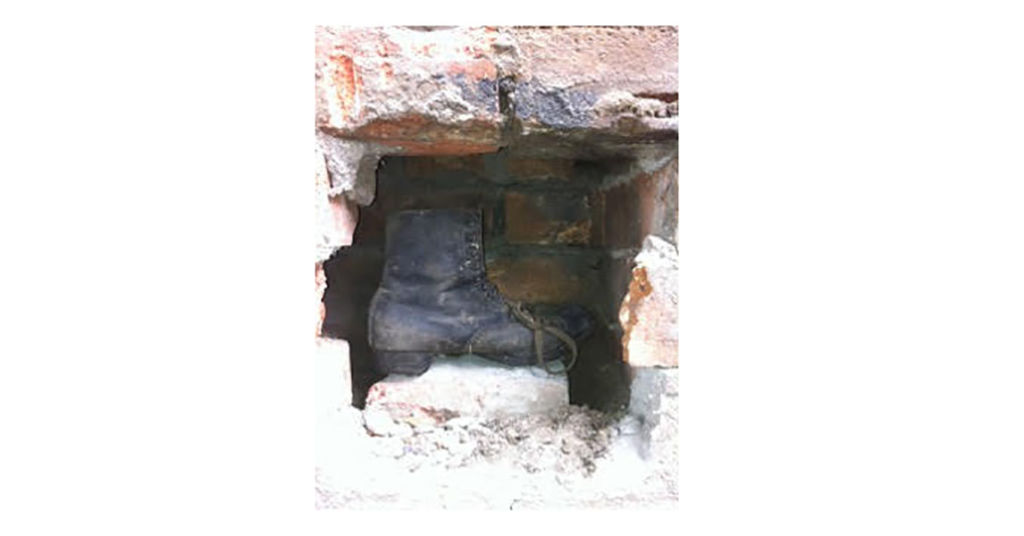
The act of burying shoes within the wall of a home was a common practice in Europe during the 16th to 19th centuries and was believed to protect residents and prevent evil spirits from entering.
“There are only seven reported cases of similar findings in Australia, so the boot along with an entire chest of other historical artefacts will stay with this amazing house.”
Buried treasures at a grand old pub
It’s no surprise that this historic structure nestled within Stanley, Tasmania, now known as Ship Inn Stanley, which was purchased with the intention of transforming a grand old pub from the 1840s into a modern guesthouse, would come with a rich history.
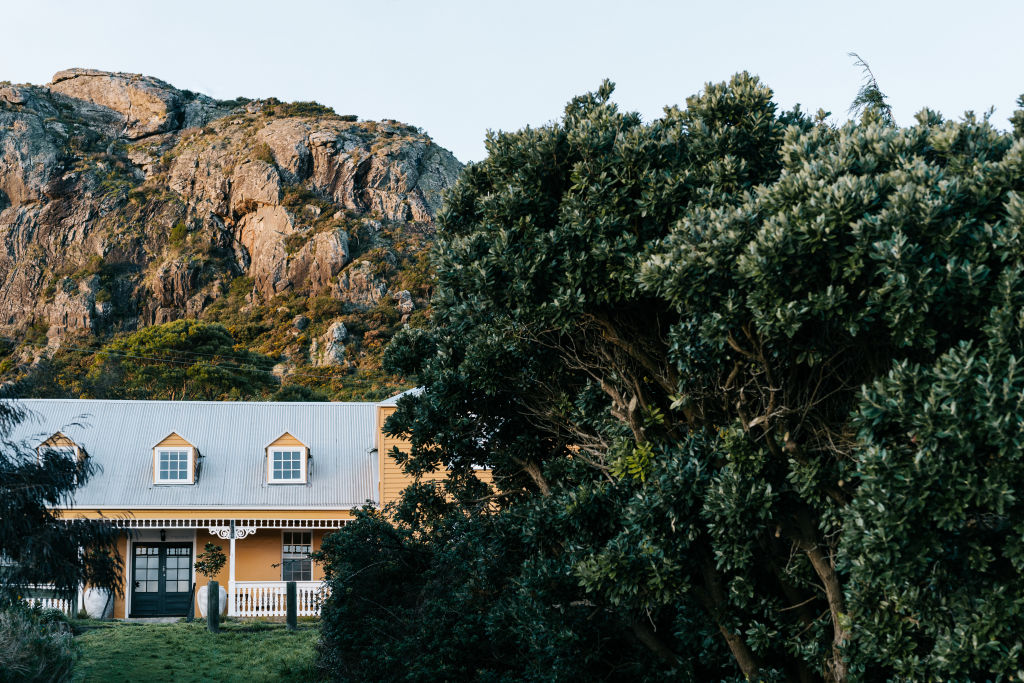
“Upon landscaping the back garden and building beautiful stone retaining walls, our excavator driver unearthed a beautiful small pottery vase,” says the current owner. “He saw it shining from the bucket of his five-tonne machine, and it’s now housed in our Wildwave guest suite with a sprig from the garden.”
Other precious pieces unearthed included old crockery, broken whisky bottles from the 1800s, an intricate brass bell end and a jar of pickled onions, still in their pickle juice.
Old newspapers beneath the floors
During a major renovation of this then-rundown 1890s Sydney terrace, the previous owners uncovered newspapers from World War II, hidden under the vinyl floor.
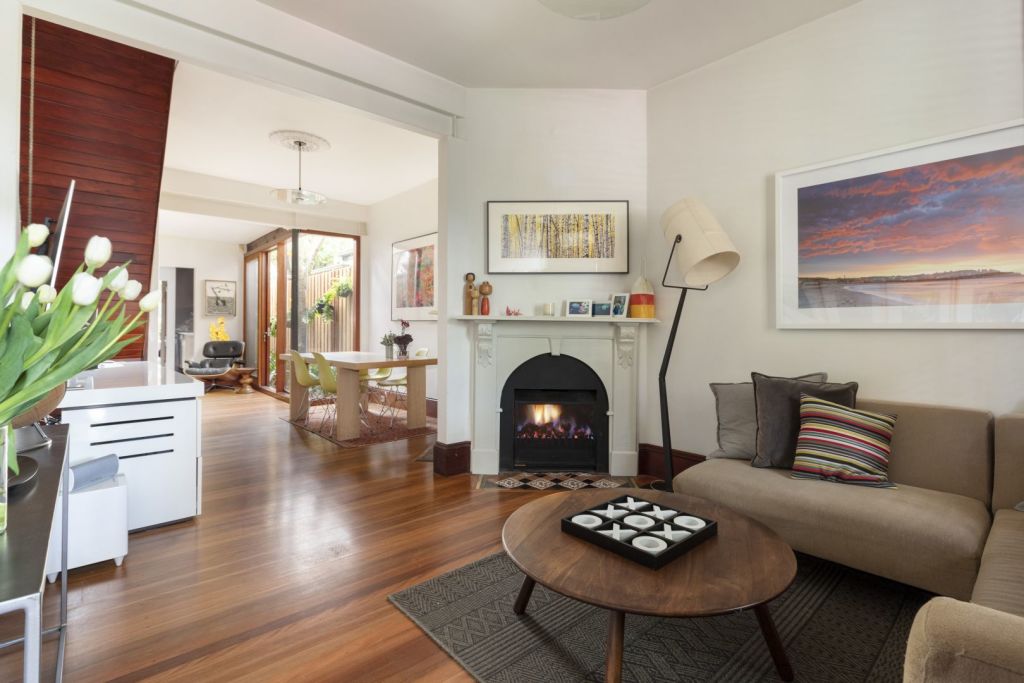
“When we were working on exposing the original floorboards, we came across the newspapers after peeling the layers of paper and vinyl,” says the former owner. “The pile was more than half a metre high. My eyes lit up and I couldn’t help but wonder who had left these here.”
Newspapers were on occasion used as a layer of insulation within the walls and floors of old homes. Though this practice does not exist today, the findings of these pages allow a glimpse into past times.
A glory box in the attic
Street legend tells that this old charming weatherboard cottage within Sydney’s Rozelle was built for a “spinster” whose father was a master builder.

“When we moved in, we found the daughter’s glory box in the eaves of the attic,” says the former owner. “It was full of delightful treasures such as beautiful linens and crockery. Under the house, we also discovered the father’s specialist tools, which really pieced together the wonderful history of this home.”
During the excavation, this same previous owner recalled how her kids loved trawling through the dirt and finding the bits of broken crockery in the yard.
“They even found an old glass door knob which they thought might have been a large diamond.”
Surgical scissors at an old hospital
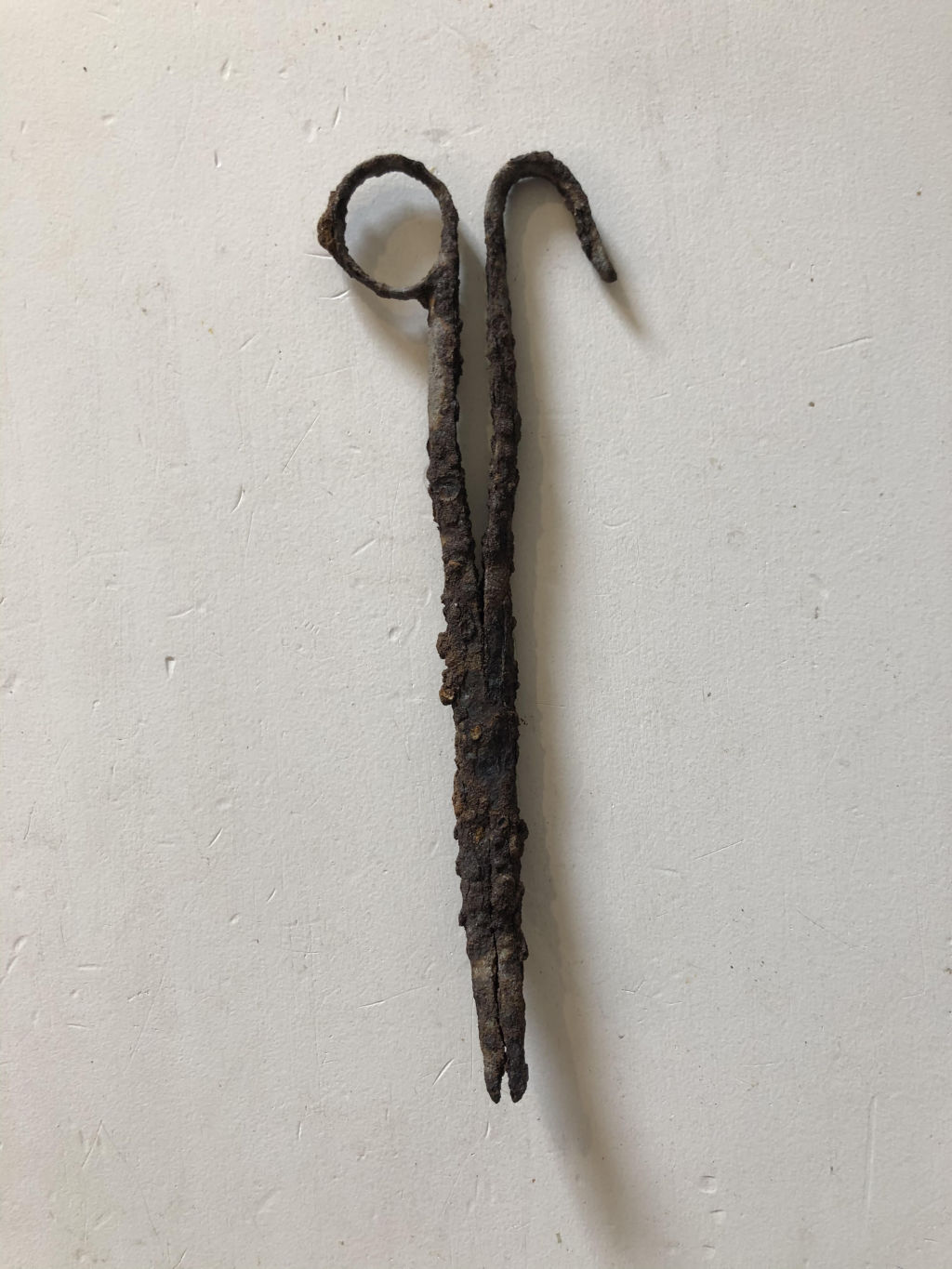
What was once a busy maternity hospital, originally built in the 1840’s, Raffah House has since been given a new lease of life by its current homeowners, transforming it into a remarkable homestay in Oatlands, Tasmania.
“Upon our extensive and sympathetic overhaul, we found an old pair of rusted surgical scissors,” says the current owner. “We were pulling up some floors and my dad discovered them, and instantly, we were able to link them back to when Raffah was a busy maternity hospital during the 1930s and 40s.”
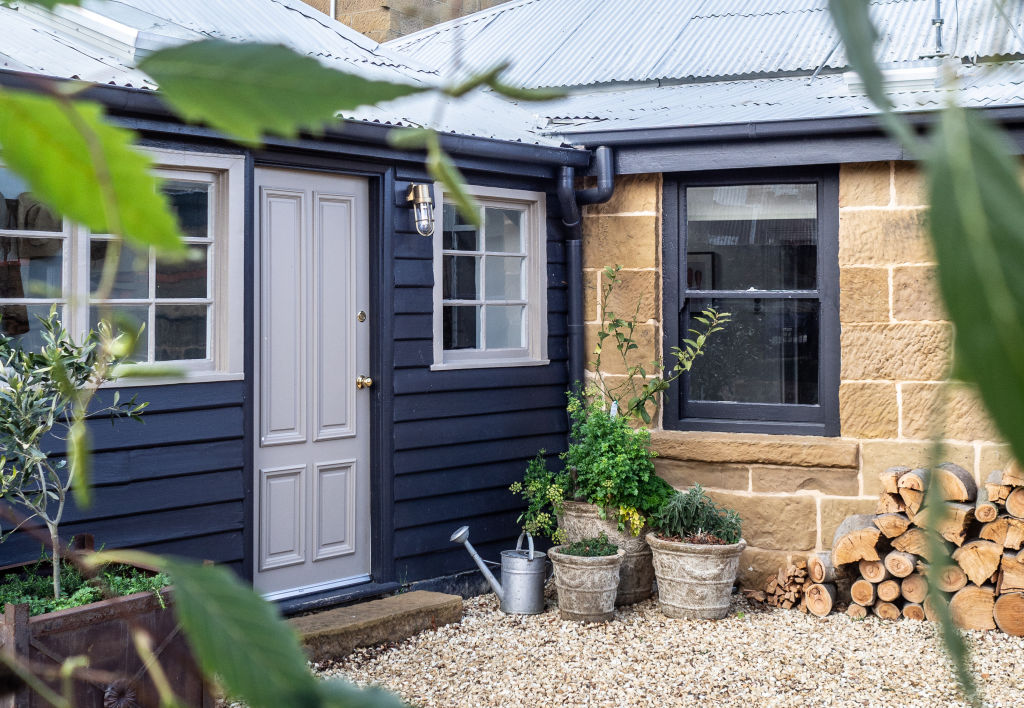
The scissors now take pride of place, displayed at the guesthouse.
It’s written in the walls of Simpson Cottage
Proving that peeps from the past are not always found buried in the backyard or hidden under floors, sometimes, they can be written in the walls, instead.
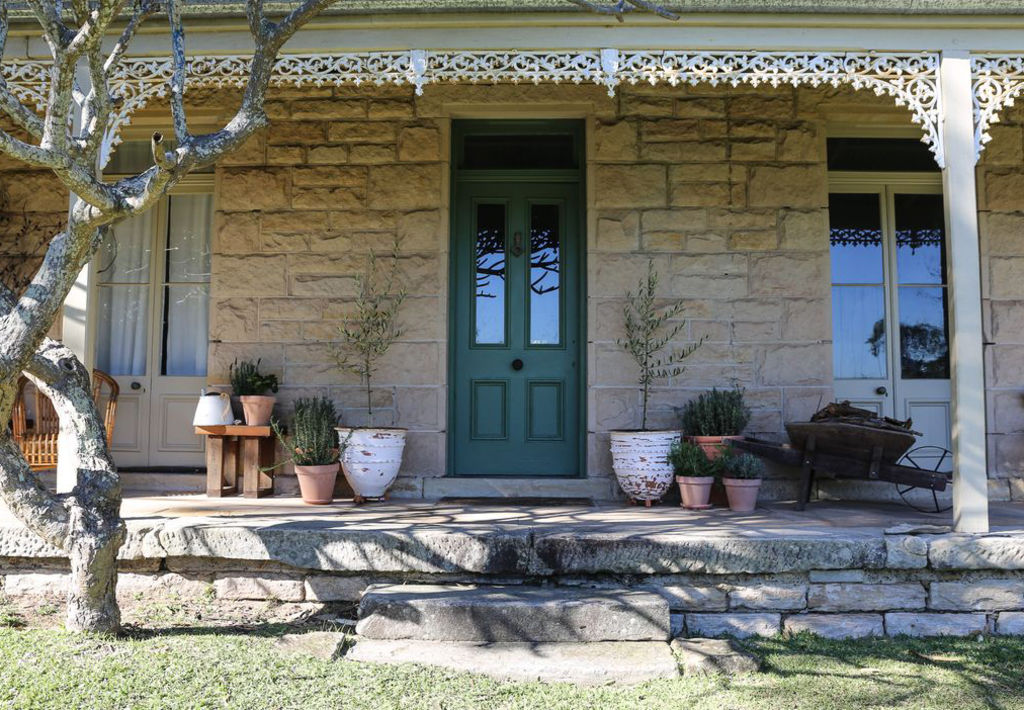
Showcasing a significant link to Sydney’s past, convicts have been reported to have marked the sandstone they worked on with their initials, evident within Simpson Cottage — a seaside sandstone historic home, within the picturesque town of Bundeena.
“When we began working on the cottage, we found rusty old relics like meat mincers, a wood stove, and a kerosene fridge,” says the owner. “But perhaps most remarkably, we found initials carved into the sandstone. This ritual has been noted to being like the ‘graffiti’ of its time — and rumour has it, that these are that of a convict stonemason.”
We recommend
We thought you might like
States
Capital Cities
Capital Cities - Rentals
Popular Areas
Allhomes
More
